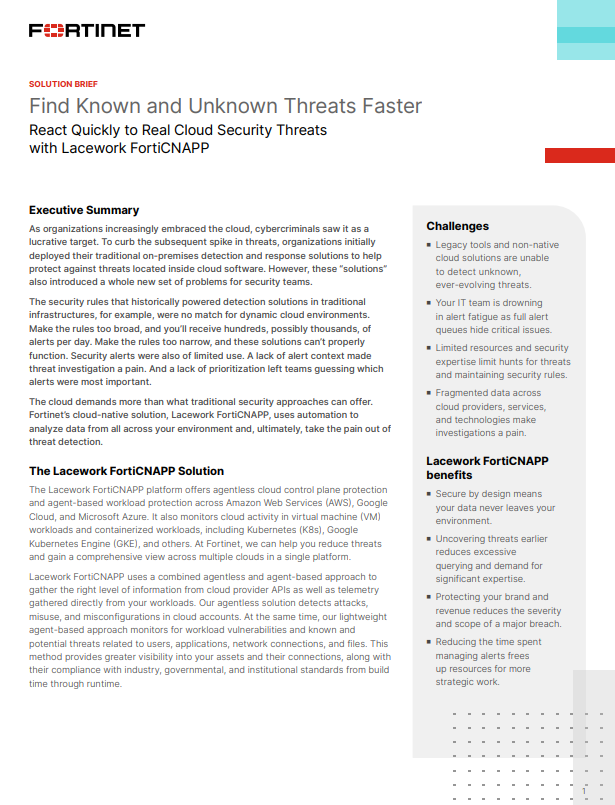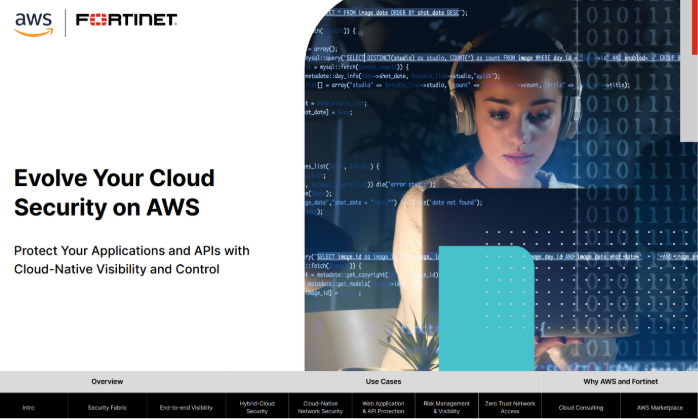Microsoft's new data centre will heat homes and businesses in Finland
Utility provider Fortum will use its district heating infrastructure to transfer waste heat from the site
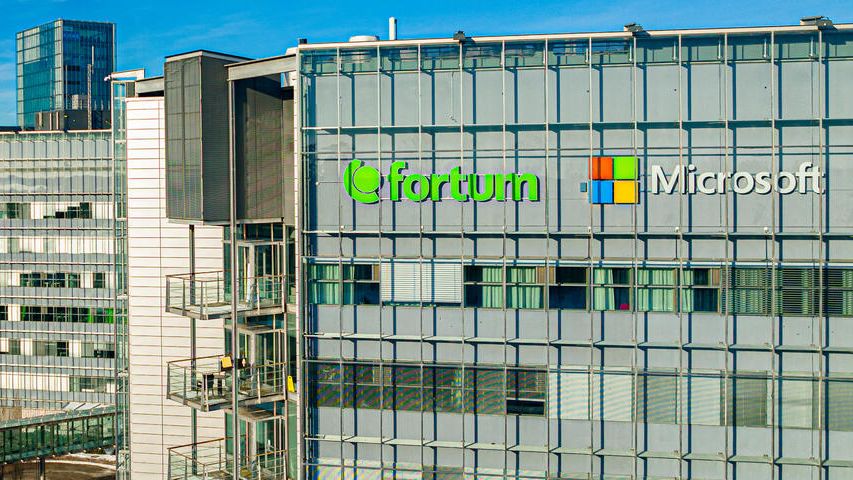

Microsoft is set to construct a new data centre region in Finland that will also be used to heat local homes, businesses, and services.
The tech giant is collaborating with local utility provider Fortum to capture the excess heat generated by the new data centre region. Fortum will then transfer the clean heat from the server cooling process to homes, services, and business premises that are connected to its district heating system.
The companies claimed that the waste heat recycling concept from the data centre region will be the largest of its kind in the world.
District heating, the most popular method of heating premises in Finland, is infrastructure that generates and captures heat and distributes it to buildings on a large scale. Heat is transferred in hot water that is pumped through pre-insulated underground pipes.
The process makes use of Fortum’s existing district heating infrastructure, the second largest in the country, for heat capture and distribution. This includes around 900 kilometres of underground pipes that transfer heat to approximately 250,000 customers in the cities of Espoo and Kauniainen and the municipality of Kirkkonummi.
Once the waste heat capture system is up and running, around 60% of the area’s heating will be generated by climate-friendly waste heat. Of this, 40% will come from the data centre region and the rest from other waste heat sources, like purified waste water.
“The decision to invest in a data centre that also provides surplus heat to our cities and homes is a win-win,” said Sanna Marin, prime minister of Finland. “It will accelerate Finland's digital growth while making our energy system greener. I also hope that this collaboration can serve as a model to other countries and cities looking for means to achieve the double transformation of climate neutrality and digital competitiveness.”
Get the ITPro daily newsletter
Sign up today and you will receive a free copy of our Future Focus 2025 report - the leading guidance on AI, cybersecurity and other IT challenges as per 700+ senior executives
Fortum said this new generation of district heating is based on replacing fossil fuels with renewable electricity, heat pumps, and waste heat utilisation. The company also claimed that AI will be used to optimise the operations of the entire system.
RELATED RESOURCE
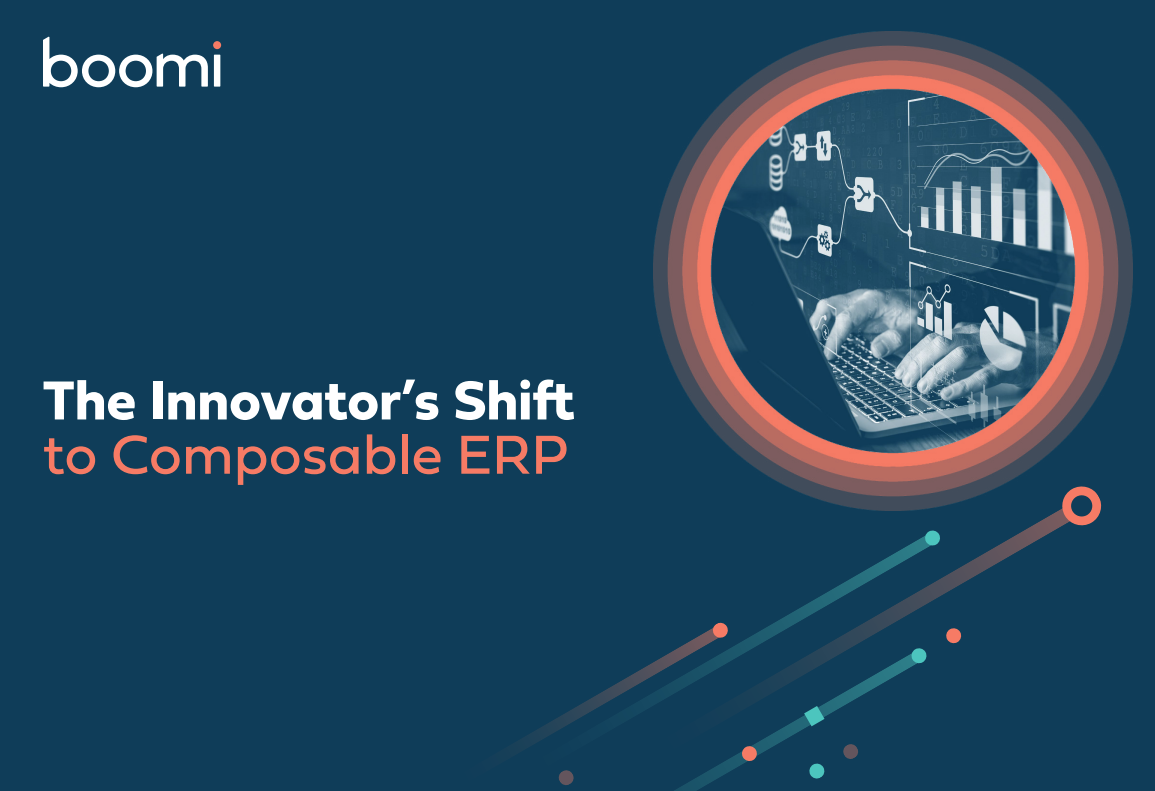
The innovator’s shift to composable ERP
How to modernise with as little risk as possible
“Sometimes the most sustainable solutions are simple ones: By tapping into waste heat from data centres, we can provide clean heat for homes, businesses and public buildings in Espoo’s and the neighbouring communities’ district heating network in Finland, and reduce about 400,000 tonnes of CO2 emissions annually,” said Markus Rauramo, president and CEO of Fortum.
Microsoft has also pursued a strategy of bringing down its overall emissions, after revealing this week that its Scope 3 emissions have risen by 22.7% year-on-year.
The company, which has pledged to be carbon negative by 2030, managed to reduce its Scope 1 and 2 emissions by around 16.9% by purchasing renewable energy. Scope 3 emissions include all part of a company’s value chain, including purchased goods, waste, and business travel.
Zach Marzouk is a former ITPro, CloudPro, and ChannelPro staff writer, covering topics like security, privacy, worker rights, and startups, primarily in the Asia Pacific and the US regions. Zach joined ITPro in 2017 where he was introduced to the world of B2B technology as a junior staff writer, before he returned to Argentina in 2018, working in communications and as a copywriter. In 2021, he made his way back to ITPro as a staff writer during the pandemic, before joining the world of freelance in 2022.
-
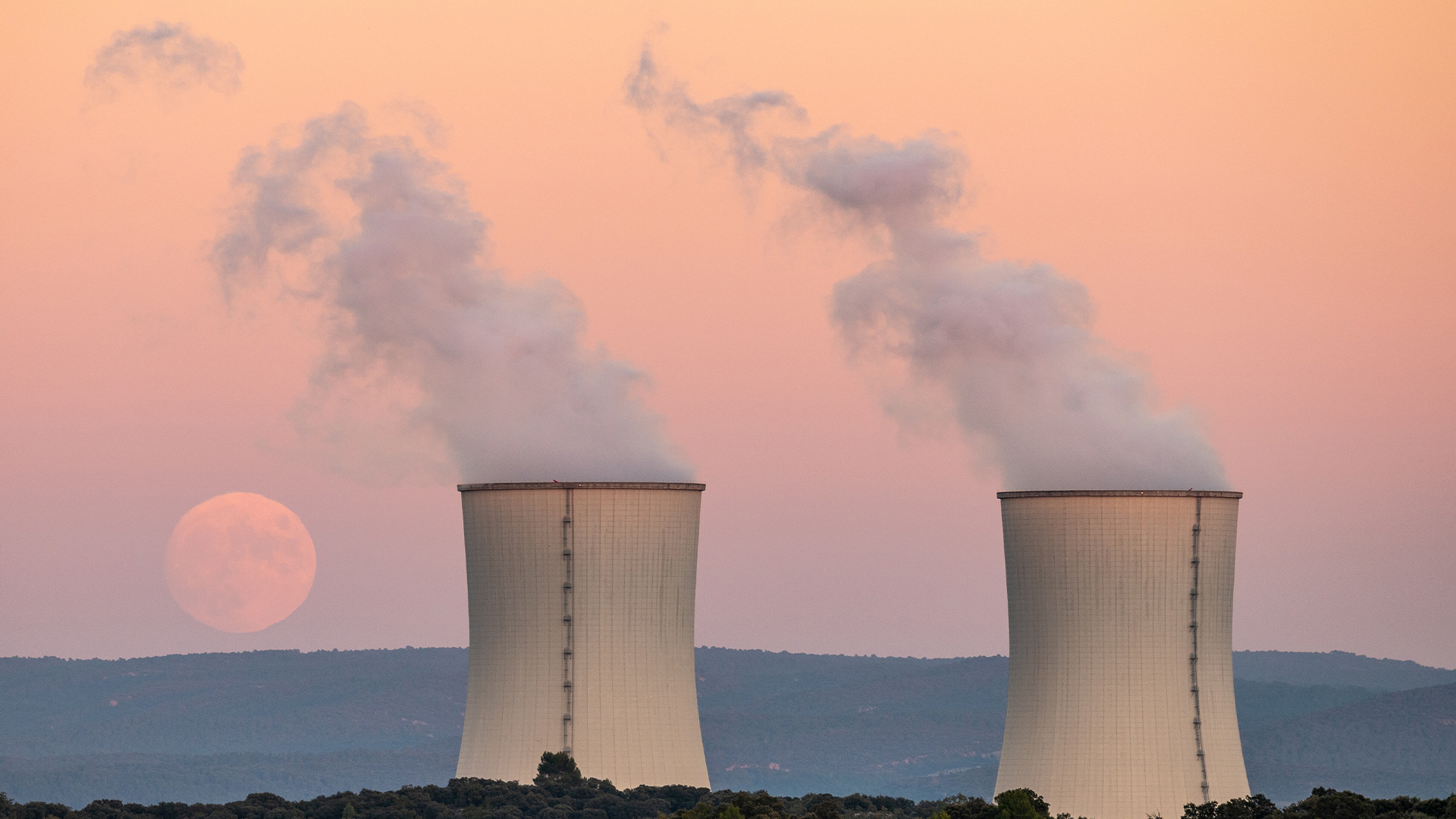 AI will chew through the same amount of energy as Japan by 2030
AI will chew through the same amount of energy as Japan by 2030News The energy demand of AI data centers will top that of Japan by the end of the decade, new research shows – and that’s providing that energy grids can even keep up.
By Nicole Kobie
-
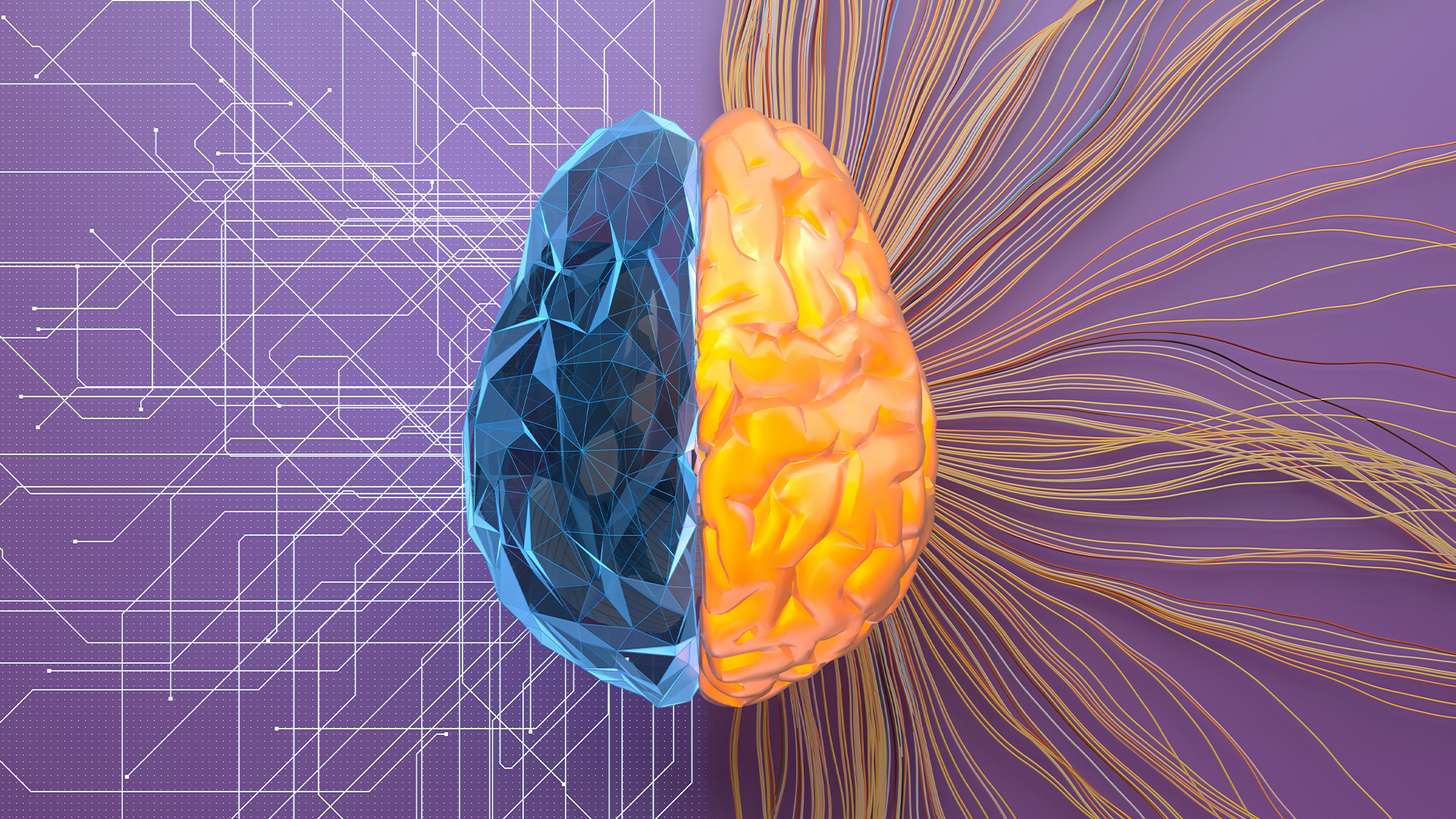 National Grid investment wing backs AI startups to boost energy efficiency
National Grid investment wing backs AI startups to boost energy efficiencyNews National Grid Partners, the venture capital and innovation arm of the UK utility firm, has unveiled plans to invest $100 million in AI startups in the energy field.
By Emma Woollacott
-
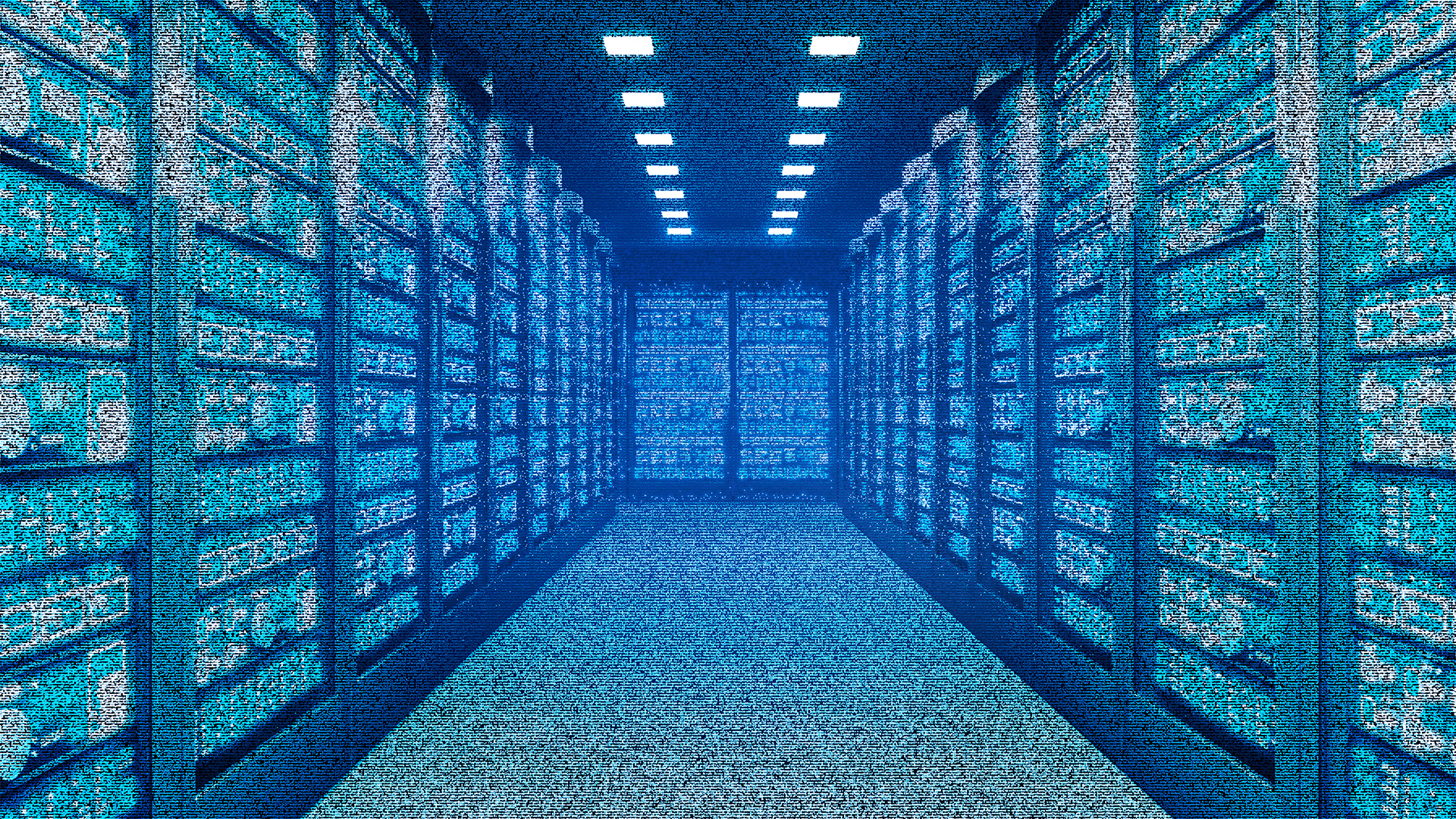 Scientists say they can cut data center energy use by changing just a few lines of code
Scientists say they can cut data center energy use by changing just a few lines of codeNews Researchers at Canada's University of Waterloo have found a way to reduce data center energy use by making alterations to the Linux Kernel to improve network traffic processing.
By Emma Woollacott
-
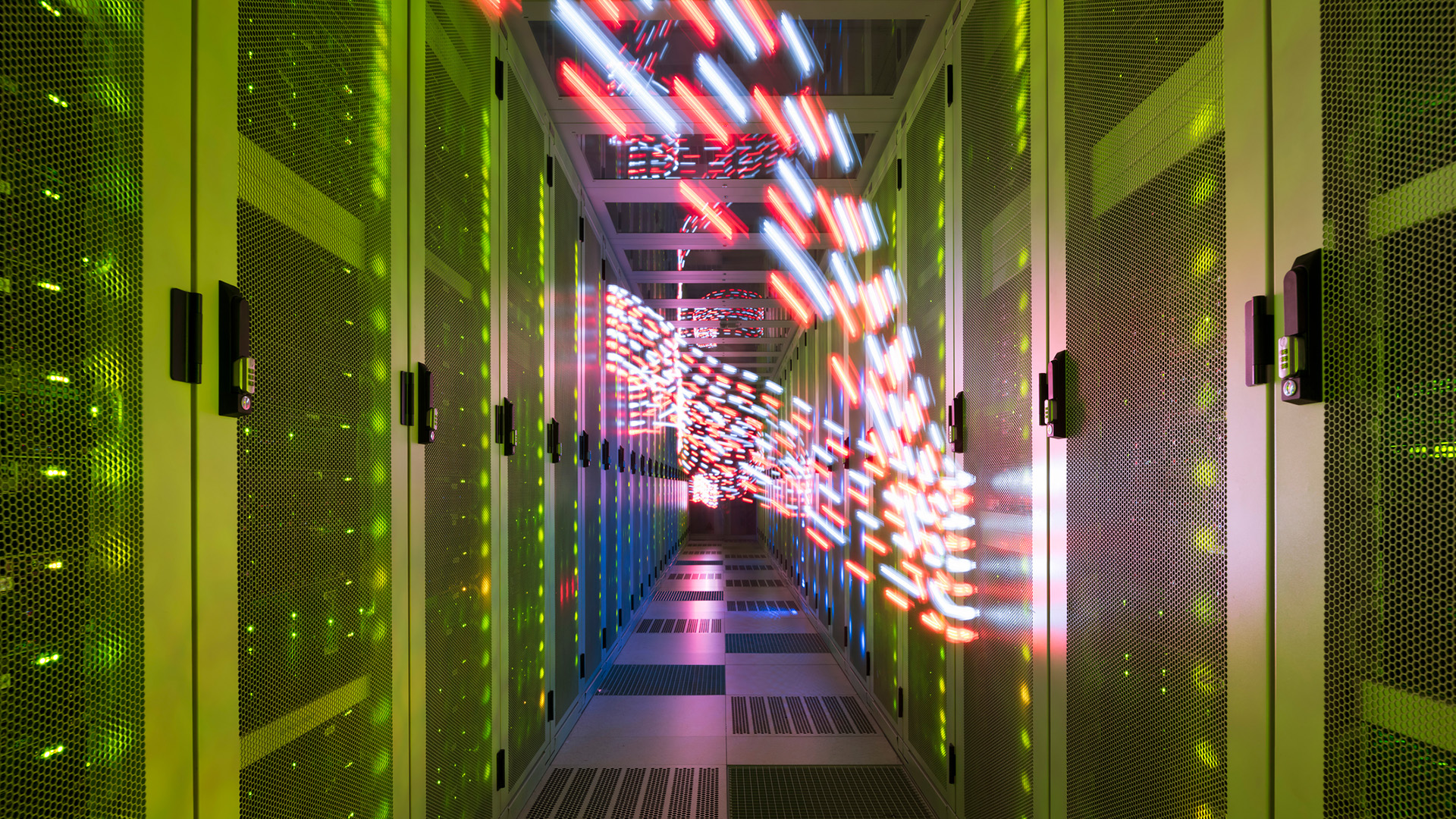 “Significant concerns” raised over impact of data center growth on regional energy grids
“Significant concerns” raised over impact of data center growth on regional energy gridsNews Scenarios for AI energy consumption in the next decade show potential capacity issues
By Solomon Klappholz
-
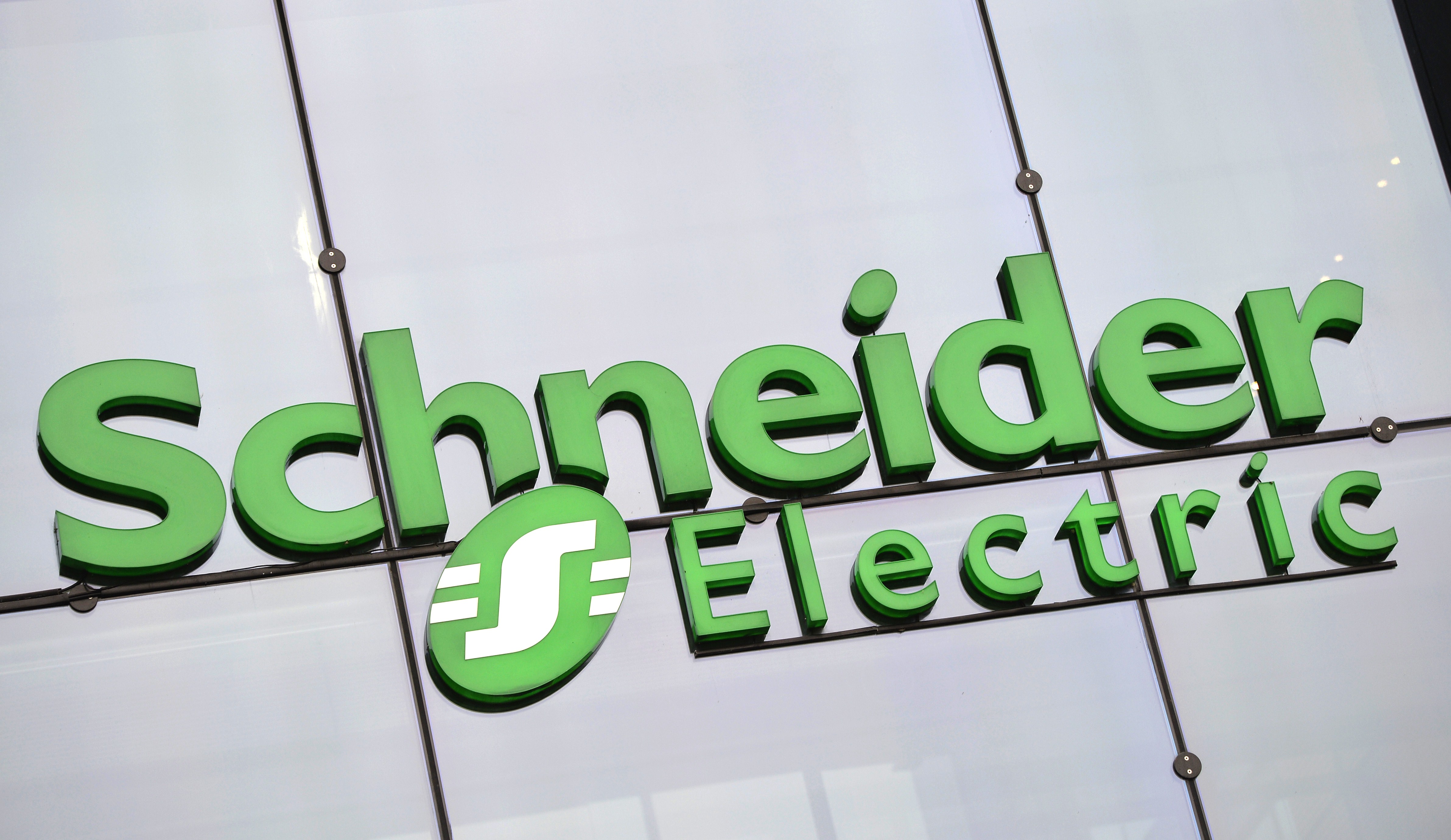 The AI disruption: Challenges and guidance for data center design
The AI disruption: Challenges and guidance for data center designWhitepaper Energy Management Research Center
By ITPro
-
 Cutting power bills and emissions with a modernized and efficient IT infrastructure
Cutting power bills and emissions with a modernized and efficient IT infrastructurewhitepaper Driving a rethink of how to build and operate our IT platforms
By ITPro
-
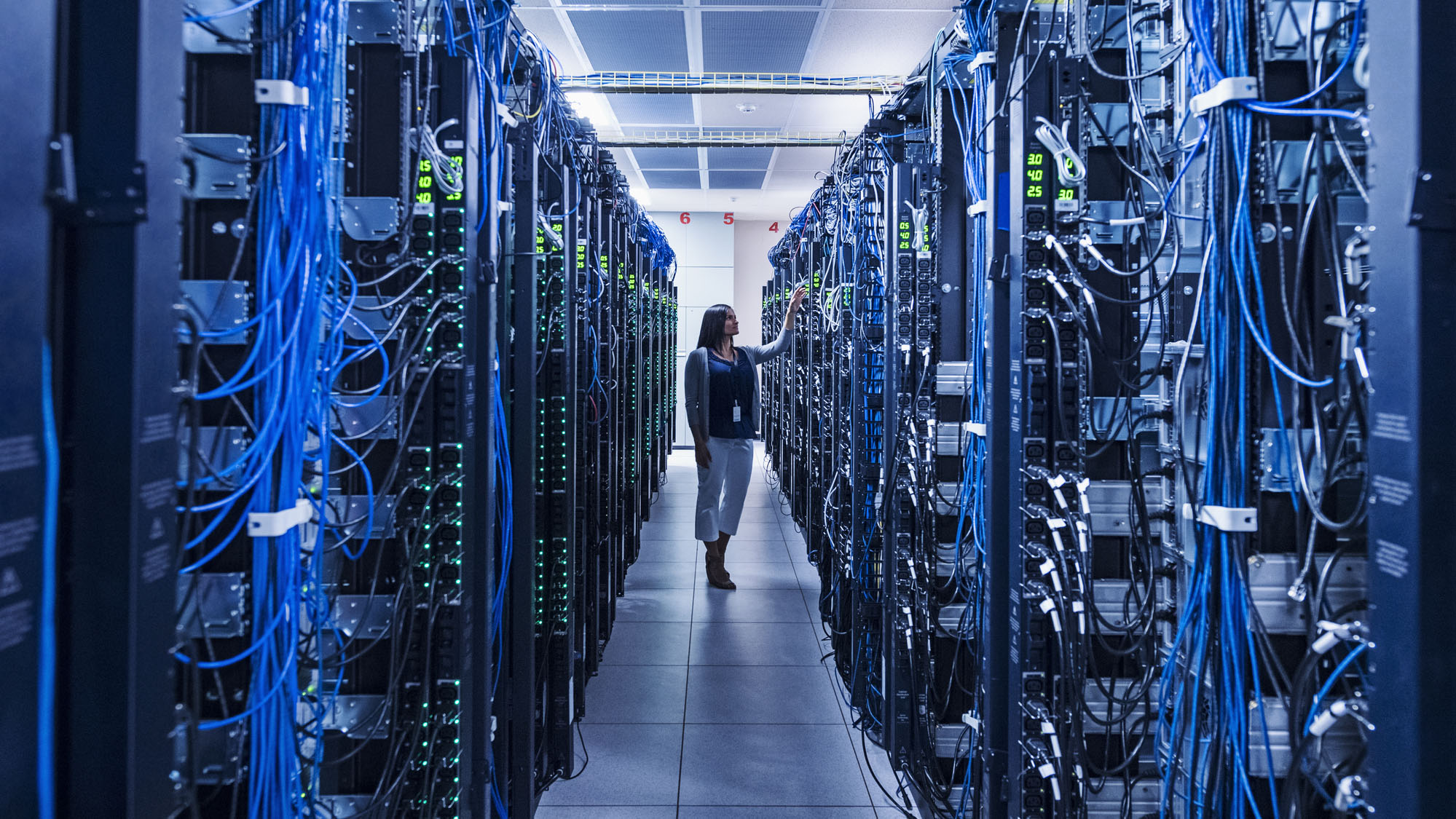 Why energy efficiency could be key to your business’ success
Why energy efficiency could be key to your business’ successSupported editorial An energy efficient data center setup can help save on bills, but the benefits don’t have to stop there
By ITPro
-
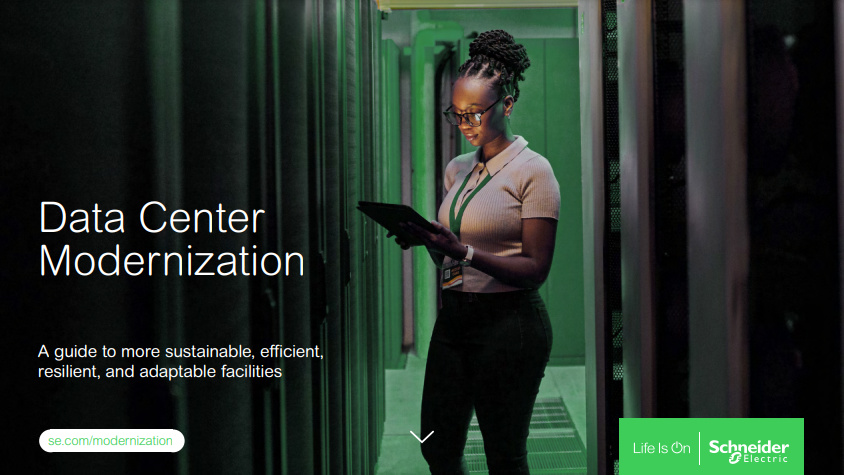 Shaping your sustainable data center
Shaping your sustainable data centerwhitepaper A guide to more sustainable, efficient, resilient, and adaptable facilities
By ITPro
